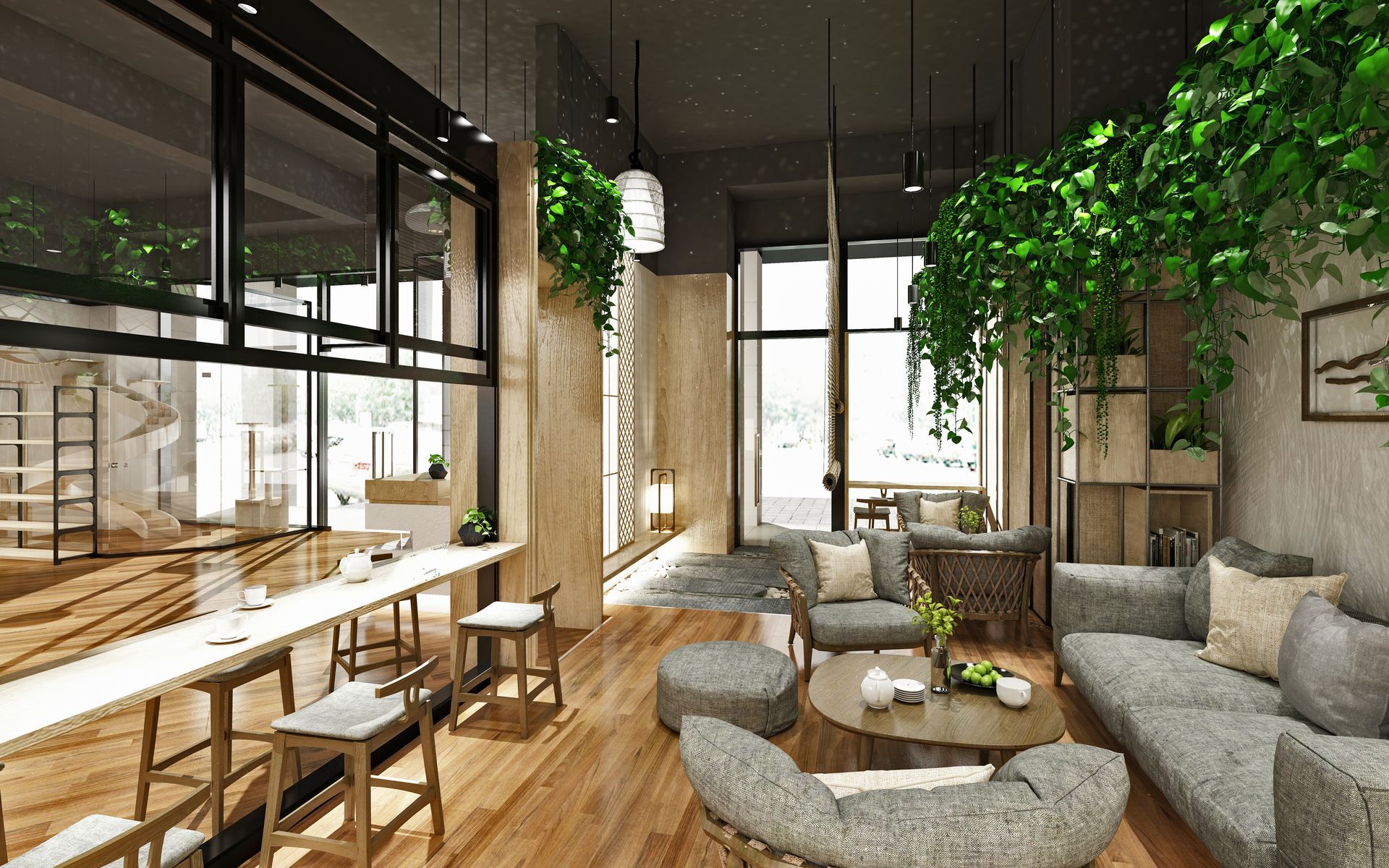The Rise of Flexible Office Spaces
In recent years, the landscape of workspaces has undergone a transformative shift, with flexible office spaces leading the charge. This evolution reflects broader changes in work culture, technology, and business needs, offering an innovative approach to how and where we work.
A Paradigm Shift in Work Culture
The traditional office model, characterised by rigid cubicles and set hours, is rapidly giving way to more adaptable solutions. Flexible office spaces, including coworking environments, hot desking, and hybrid models, are redefining the concept of the workplace. These spaces are designed to be dynamic and responsive, catering to the diverse needs of modern businesses and their employees.
Key Drivers of Growth
Several factors are contributing to the rise of flexible office spaces:
- Changing Workforce Expectations: Employees today prioritise flexibility and autonomy. Flexible office spaces offer the freedom to choose where and how they work, enhancing job satisfaction and productivity.
- Cost Efficiency: Flexible office spaces can reduce overhead costs associated with traditional leases and office maintenance. Companies can adjust their office space based on current needs, avoiding long-term financial commitments.
- Technological Advancements: The rise of cloud computing, high-speed internet, and collaborative tools has made remote work more feasible. These technologies support the functionality of flexible office spaces, enabling seamless communication and collaboration.
- Enhanced Collaboration: Modern flexible office spaces foster creativity and collaboration. They often feature communal areas, meeting rooms, and informal workspaces that encourage interaction and innovation among team members.
The Benefits for Businesses and Employees
For Businesses:
- Adaptability: Flexible office spaces allow businesses to adapt to changing market conditions and employee needs, providing a strategic advantage.
- Improved Recruitment and Retention: Offering a flexible work environment can attract and retain talent by accommodating various work styles and preferences.
For Employees:
- Work-Life Balance: Flexible office spaces support a more balanced work-life dynamic, reducing commuting times and enhancing overall job satisfaction.
- Engaging Work Environment: Employees benefit from amenities such as high-speed internet, professional meeting rooms, and on-site refreshments, creating a more engaging and productive work experience.
Looking Ahead
As we move forward, the concept of flexible office spaces is likely to continue evolving. Innovations such as hybrid work models, smart office technologies, and sustainable design will further shape the future of work environments. Companies and employees alike will need to stay adaptable and open to new ways of working to fully leverage the benefits of this growing trend.
In conclusion, the rise of flexible office spaces represents a significant shift in how we approach work. By embracing flexibility, businesses can enhance their operational efficiency and employee satisfaction, paving the way for a more dynamic and responsive future of work.
Related articles


